An island of great tradition, wealth and craftsmanship, Santoniri is a place where folk history survives through the ages and comes alive at every corner. And there are four places you can visit to find out more.
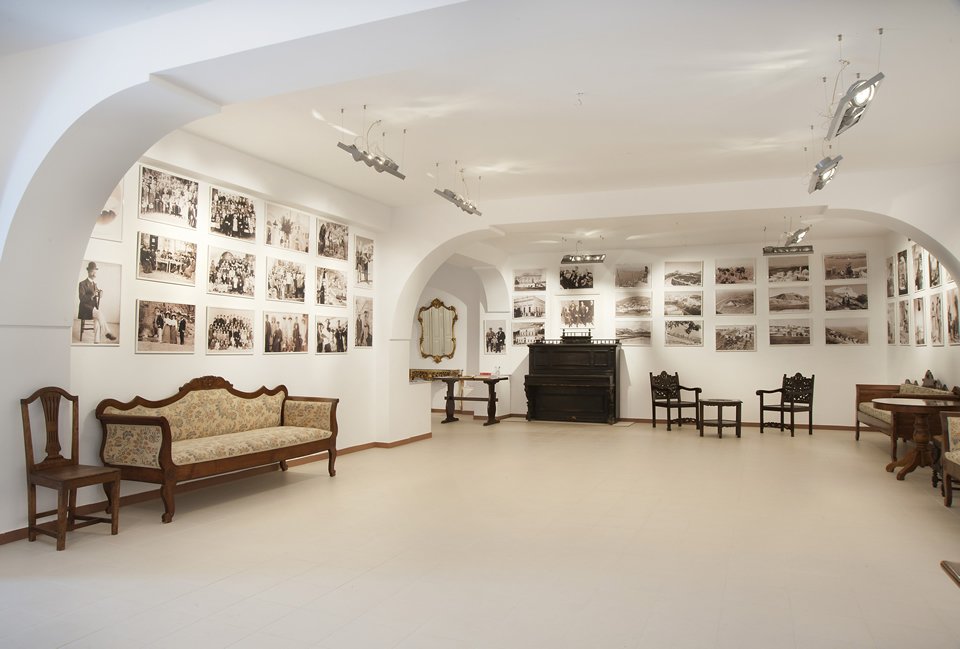
The traditional cave house turned into Lignos Folklore Museum (www.santorinisfolkmusem.org), was built more that one and half centuries ago. The house's location at the village of Kontochori, kept it protected by the 1956 earthquakes and preserved it as it was originally built. In 1973, local lawyer, journalist and “Thiran News” editor, Emmanouil Lignos, decided to restore the building and equip it with old furniture and utensils, in an effort to keep the memory of folk traditions alive for the younger generations. The resulting museum offers its visitor the chance to walk into a typical cave home, complete with its own wine press and wine cellar.
In 1993, an extension was added to include a gallery, hosting works from known local artists, as well as workshops, which help visitors discover trade secrets of some of the most popular craftsmen of the previous centuries, such as barrel- and shoemakers, tinsmiths and carpenders, and a chapel dedicated to Saint Constantine. The museum also boasts an outstanding collection of historical archives.
Lignos Folklore Museum
Location: Kontochori - Fira
Open from April 15th until October 15th
Visiting hours: 10:00 – 14:00 (April to June)
10:00 – 14:00 & 18:00 – 20:00 (June to August)
10:00 – 14:00 (September to October)
Telephone number: +30 22860 22792 (best to call before visiting,if not during June – August)
Located at the beautiful area of Pyrgos Kallistis (or simply know as Pyrgos), Santorini of the Past Cultural Village (www.santorini-museum.com) offers a unique glimpse at Santorini's folk life. This old canava (winery) complex, dating back to 1895, has remained virtually unchanged ever since. Its current owner, born and raised Thiran Yannis Drosos- Chrysos, has re-created the space to allow the visitor the chance to enjoy a unique collection of artifacts and photos, representing the older way of the island's life and its inhabitants' financial activities, such as wine making, raki distilling, tomato and fava processing and more. The visitor can wonder through typical reproductions of landowner and worker living areas and observe local craftsmen's (tinkers, barrelmakers, tradition musicians) tools.
Santorini of the Past Cultural Village
Location: Pyrgos Kallistis (Pyrgos)
Season opening on April 1st 2016
Visiting hours: 11.00 - 16.00 and 18.00 – 21.00
Telephone number: +30 2286031101
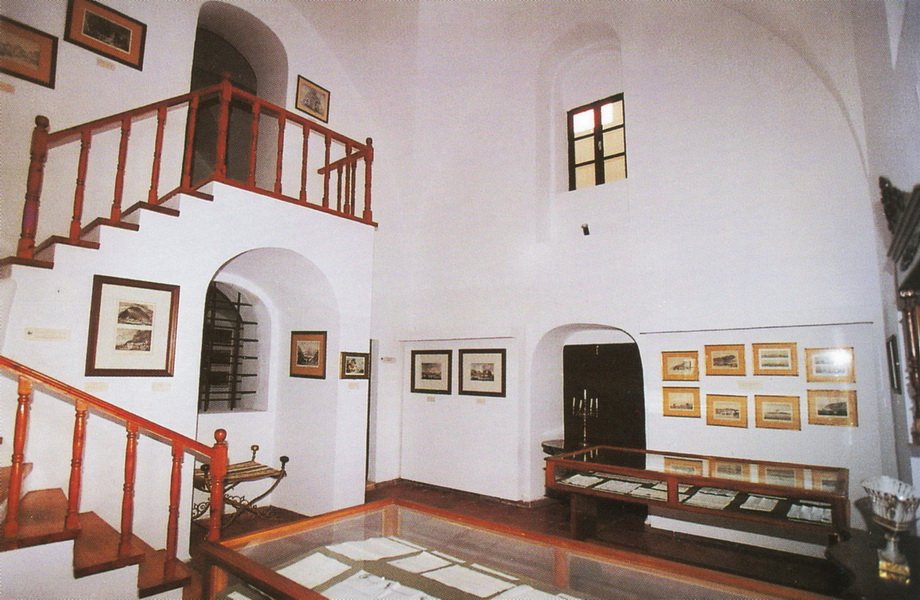
Focusing on how the 'other half lived' in Santorini of old, Argyros Mansion (www.argyrosmansion.com) stands out as the only restored and open to the public mansion on the island. Located in the village of Messaria, which has traditionally been the centre of Santorini's winemaking activity, with the delicate and expensive vinsanto wine being mainly produced here, the mansion excudes an aura of old glamour and wealth. Originally built in 1888, it is a fine specimen of local architecture combined with elements of ecclesticism, its exceptional ceiling paintings remaining a breath-taking sight even for today's visitors. The mansion underwent serious damages during the 1956 earthquakes, but was fully restored and has been characterized as a Work of Art by the Greek State since 1985, with a 50 meter protection zone surrounding it. Individual and group tours can be arranged, giving full access to the 19th century landowner way of life, complete with authentic or reproduced pieces of furniture, utensils, artwork and other household items.
Argyros Mansion
Location: Messaria
Open from May until October (except Mondays and Tuesdays)
Visiting hours: 10:00 – 14:00 & 17:00 – 19:00
Telephone number: +30 22860 31669 - 33064
Dating as far back as 1700, Megaro Gyzi (www.megarogyzi.gr) is an old family mansion and one of the very few reprenting typical Renaissance architecure in the area of Cyclades. The building was thankfully spared utter distruction during the 1956 earthquakes, with its ground floors remaining virtually intact to preserve a unique architectural structure: they develop around a patio, creating an open inner area, partly covered by an elegant cross-shaped dome. The mansion has been restored with the support of the Cathoric Diocese of Santorini and has been operating as a museum and cultural centre since 1980. Its permanent collections include maps, engravings, manuscripts, paintings, photographs and other precious artifacts, representing an unlimited source of information on Santorini's public and private life from the 18th century onwards.
Megaro Gyzi
Location: Fyra
Open from 1st May until 31st October, except Sundays
Visiting hours: 10:00 – 16:00
Telephone number: +30 22860 23077

Quick quizz for the Santorini wanna-be-connoisseur: what do local wines, cherry tomatoes, woven artifacts and the island's religious and nautical traditions have in common? They all have a museum representing their evolution and significance in the island's history!
Visiting these unique museums, one can truly appreciate the importance of each craft or local activity and better understand the elements that have given Santorini its one-of-a- kind identity. Throughout the islands' history and despite the many natural destructions they had to endure (or, maybe, because of them), the island's inhabitants have always maintained a close relationship to their land, the sea, their traditions and God. So, it is no surprise that they have dedicated their own resources to create museums to celebrate those elements, that have kept them hanging on and played an integral part of what it means to be a Thiran.
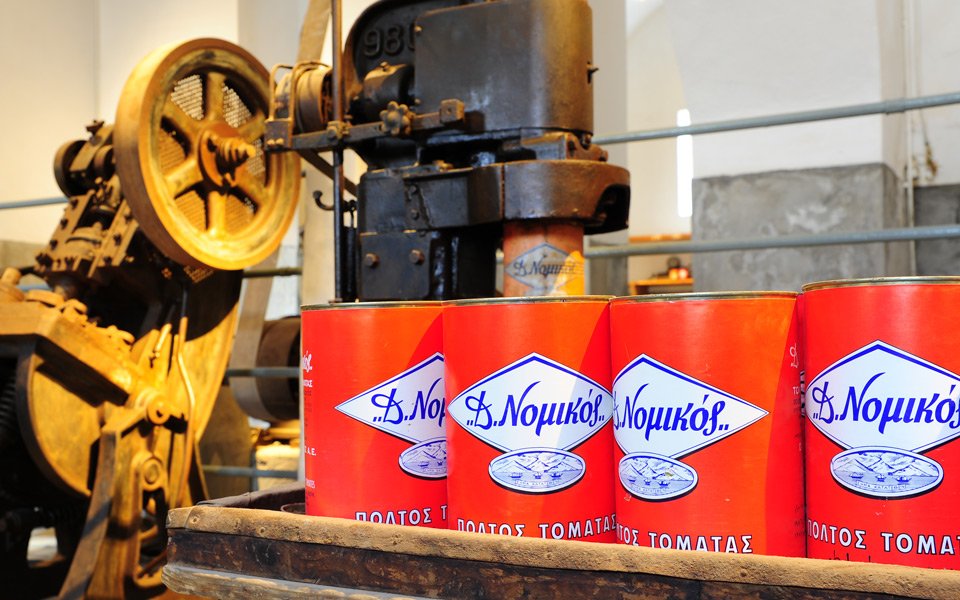
The world renowned cherry-sized tomato of Santorini has been cultivated on the island since the 19th century. Not needing to be regurarly watered, since it grows due to the morning moisture withheld by the island's soft volcanic soil, it soon became one of the best local produce investments. Dimitris Nomikos first started making tomato paste at a small factory at Messaria in 1915. His business soon grew and, in 1922, he created one of the first cunning industries of the Balkans, at Monolithos, using state-of-the-art machinery imported from Europe. In 1945, his son George took over, building a larger plant at Vlyhada beach, with a staggering daily turnout of 3.500 baskets!
Nomikos Tomato Canning Industry survived floods and earthquakes, but wasn't able to withstand the island's tourist growth, which lead to the shrinking of Santorini's tomato production. The family business moved to Central Greece, and the plant in Vlychada finally closed down after the last crop in 1981.
Today, the building has been turned into a cultural centre housing the Tomato Industry Museum (www.santoriniartsfactory.gr), offering a journey back to Santorini's industrial past through the entire process of tomato production and canning, complete with machinery dating back since 1890, handwritten account books, old tools and contemporary audiovisual material.
Tomato Industrial Museum “D. Nomikos” @ Santorini Arts Factory
Location: Vlychada beach
Visiting hours: 10:00 – 16:00, except Mondays
Telephone number: +30 22860 85141
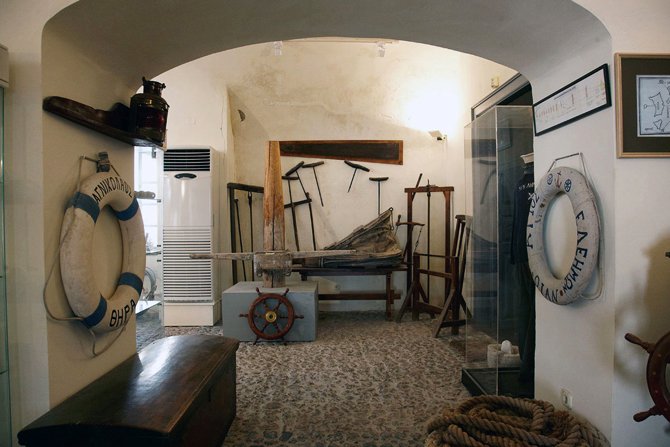
Housed in an impressive two-story, restored captain's house in Oia, Santorini's Naval Maritime Museum's collection includes rare figureheads, seamens' chests, old maritime equipment, navigation drawings and patterns, old ship models, aquarelles and rare photographs of ships and an up-to-date library with titles relating to the subject. It is a year to year attestment of the Thirans' contribution to the glorious history of the Greek Navy, making special note of the island's nautical commerce peak (late 19th to early 20th century): ships from Santorini were then traveling from Alexandria to Russia, trading wine and pumice stone and bringing back to the island all kinds of treasures, from cereals to porcelain, perfumes, furniture and fabric.
Naval Maritime Museum
Location: Oia
Visiting hours: 10:00 – 14:00 & 17:00 – 20:00, except Tuesdays
Telephone number: +30 22860 71156
Priceless hagiographies from famous as well as anonymous artists, wooden sculptures, metal art works, embroideries, holy books, brassware items and other precious ecclesiastical artifacts can be admired by the visitors of the Icons & Relics Collection, housed in the old catholic church of Agia Triada at Pyrgos village. All exhibits used to belong to a small convent that operated in the area, but was completely distroyed and abandonded after the 1956 earthquakes. The Association of Pyrgos Residents rescued the valuable objects and, in 1997, decided to open the collection to the public. On display are also rare photographs and original objects representing local crafts (shoemaking, printing, candle making) and local food processing.
Icons & Relics Collection
Location: Pyrgos
Visiting hours: 10:00 – 16:00, from April until October
Telephone number: +30 22860 31812
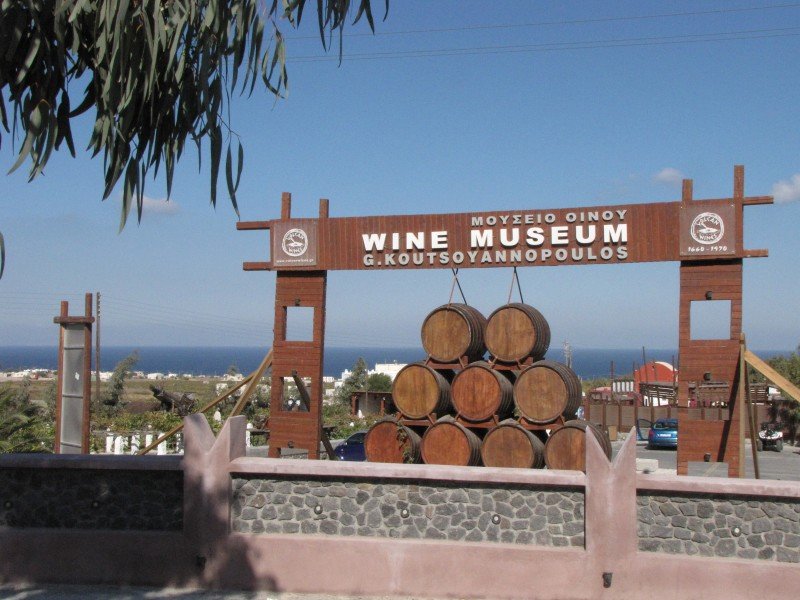
Nestled in a cave 8 meters below the ground, creating a natural labyrinth 300 meters long, Wine Museum Koutsoyannopoulos (www.wine-museum-koutsoyannopoulos.gr) houses the family's long winery history, as professed by numerous historical exhibits. As 4th generation winemakers, Kousoyannopouloi had all the necessary resources and knowledge to record Santorini's winemaking tradition, dating back to the 1600s, by authentically representing all stages of the process: prunning, ploughing, harvesting, stomping and weighing, through and array of historical machinery and tools. The museum's audio guide is offered in 14 languages, while their guidebook 'speaks' 22 languages! Each tour ends with an exquisite wine tasting from the family's cellar, and, if you schedule your visit on a Friday, you may stay on for a Greek night buffet meal, complete with traditional folk music and dancing!
Wine Museum Koutsoyannopoulos
Location: Vothonas
Visiting hours: 9:00 – 16:30, from April until October – Monday to Saturday (Sunday closed) 10:00 – 17:00, from April until May – Monday to Sunday 10:00 – 18:00, from June until October – Monday to Sunday
Telephone number: +30 22860 31322
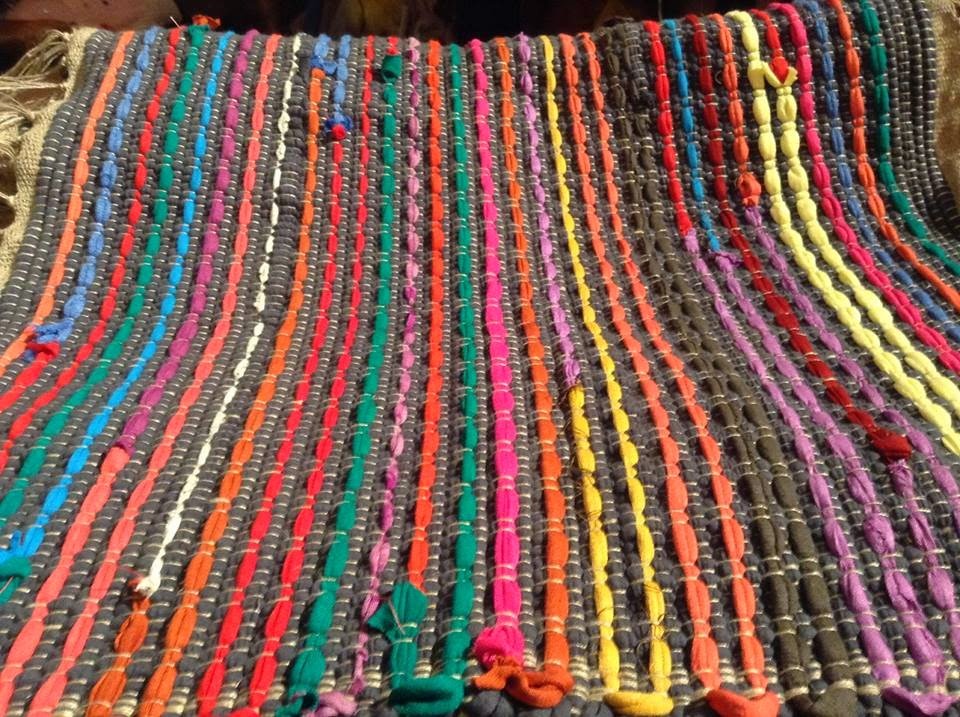
The Tradional Weaving Workshop of Oia has survived for 21 years due to the locals' efforts not to leave this beautiful, traditional art fade away. When the official state withdrew their support, it was the Oia's community who fought and invested local funds, in order to keep the workshop running and the dedicated craftswomen operating it carrying on. 'Kilimia', carpets, bed linen, blankets, curtains, tableclothes and many more woven fabrics in various shapes, colors and sizes and for many different uses, are thus still being produced daily, exclusively using traditional wooden looms. The workshop is located 20 meters from Oia Citizens' Service Center, and you can find the showroom next to Oia Community Center. You may also ask any artifact you desire be made to order.
Traditional Weaving Workshop
Location: Oia
Visiting hours: 8:00 – 15:30
Telephone number: +30 22860 72315